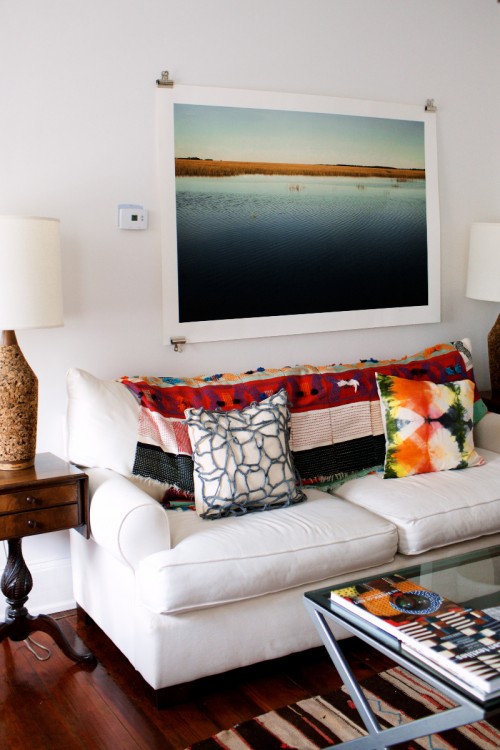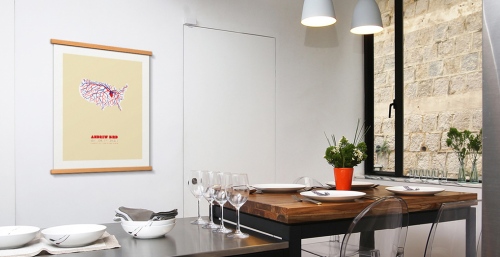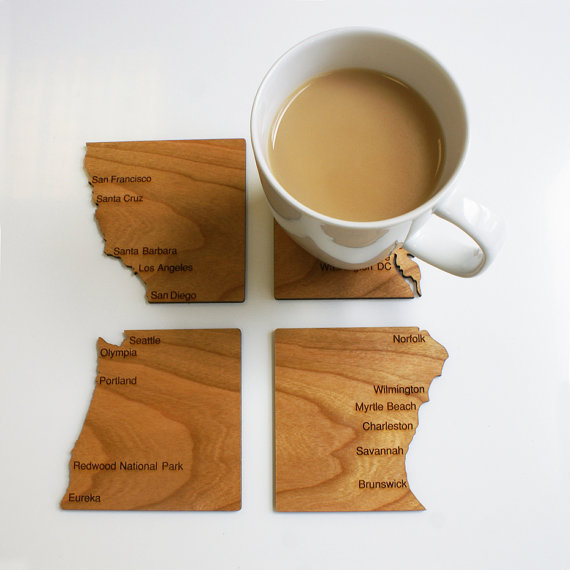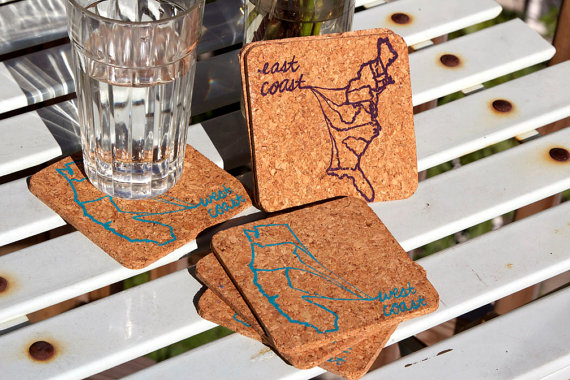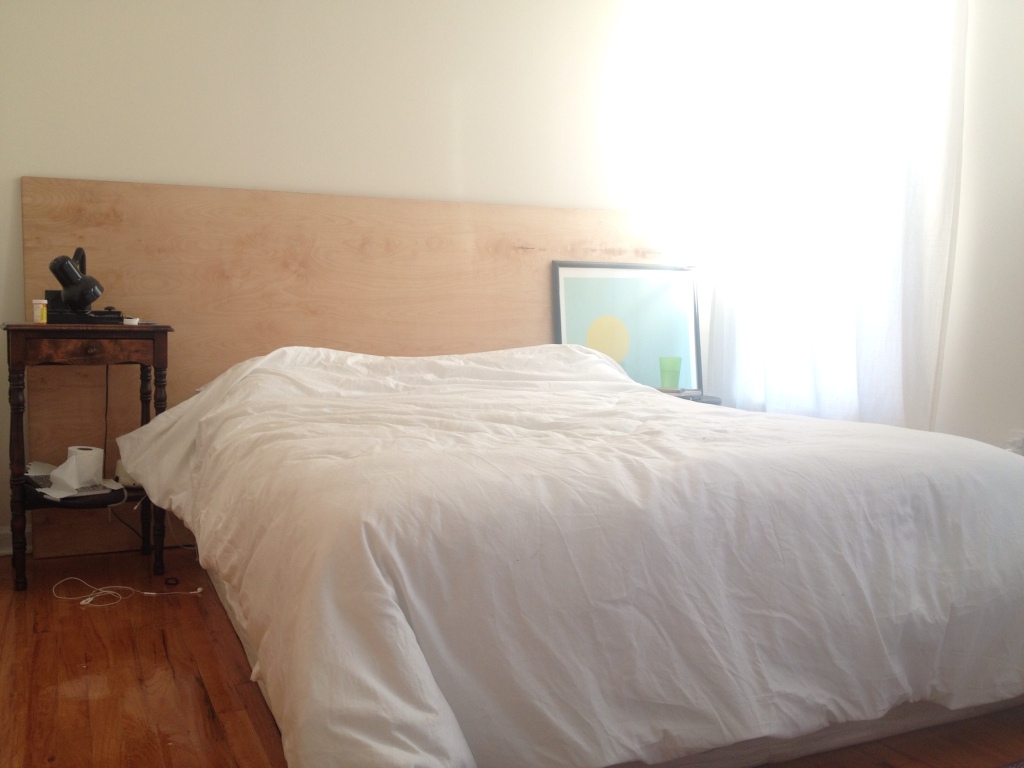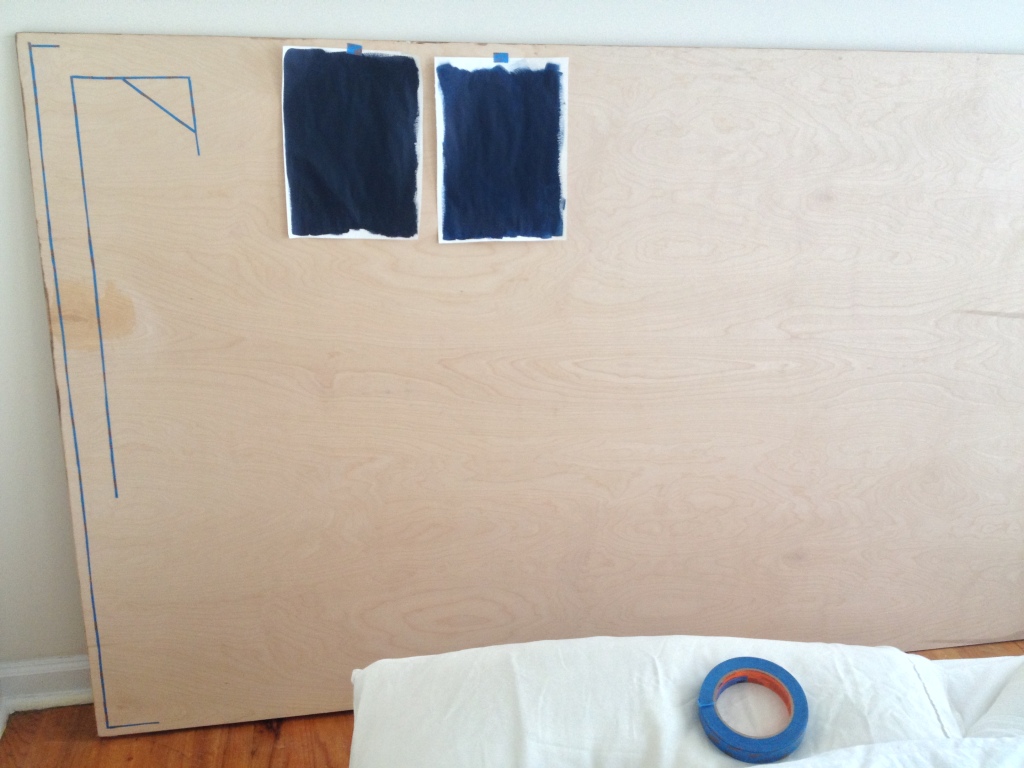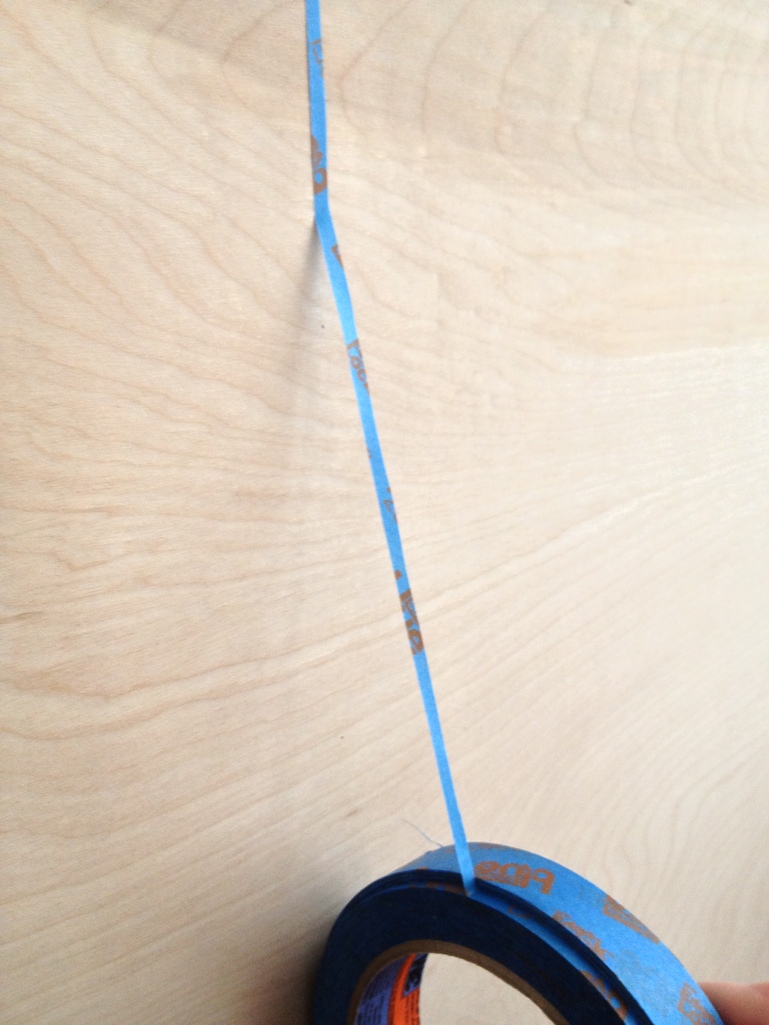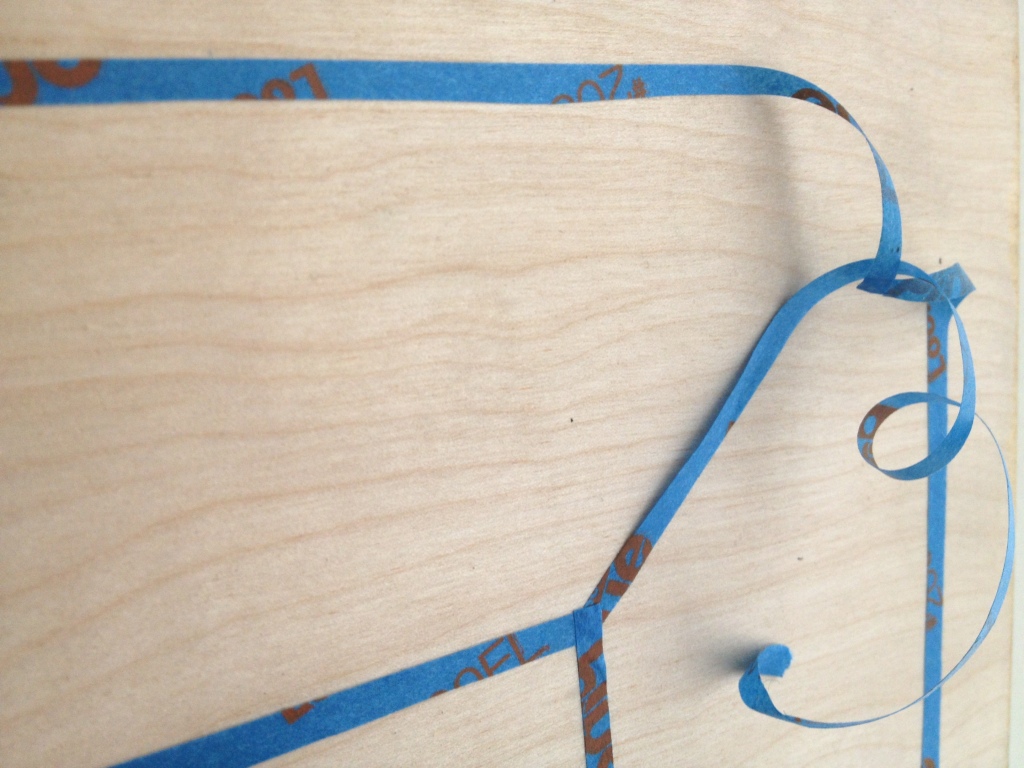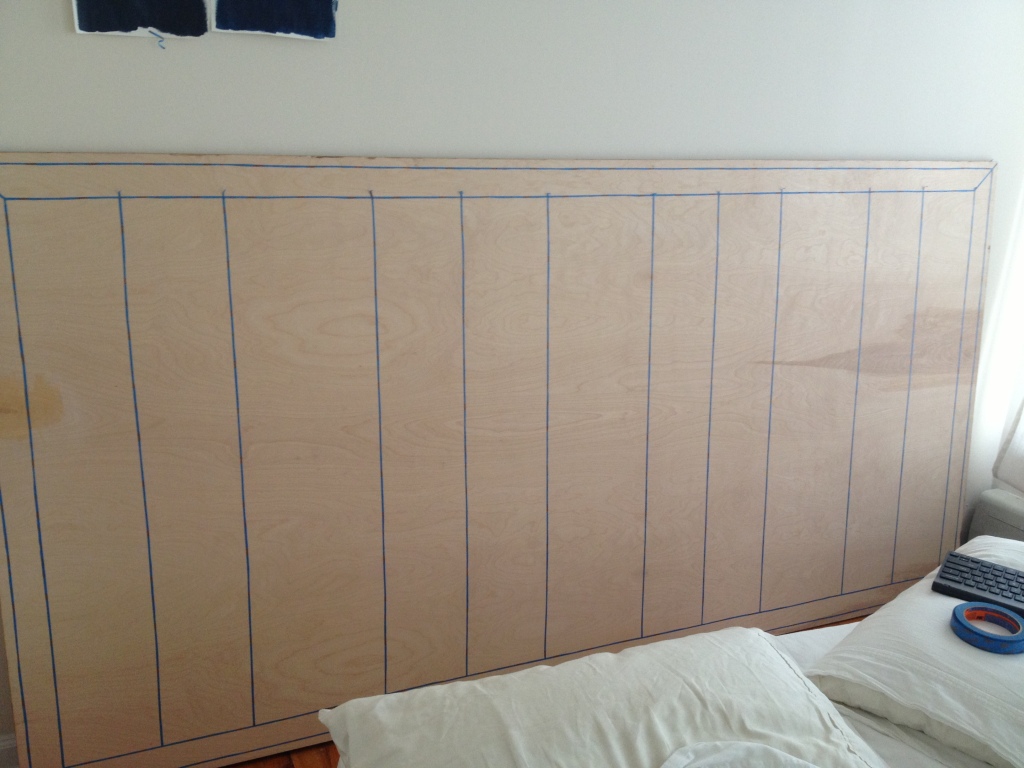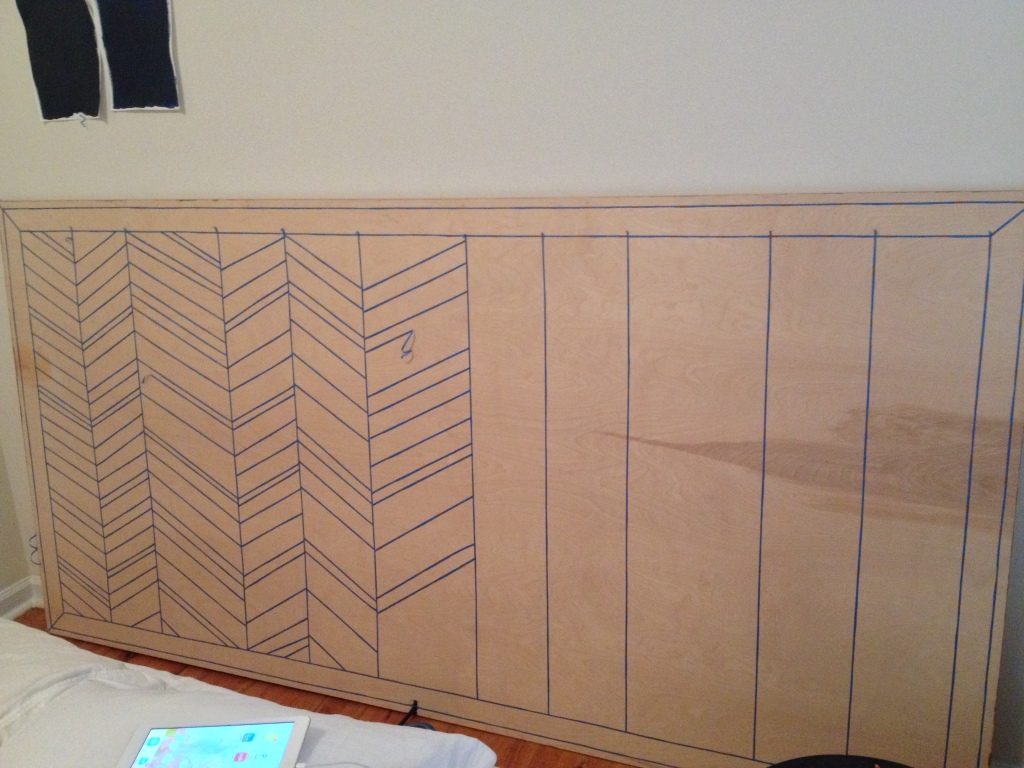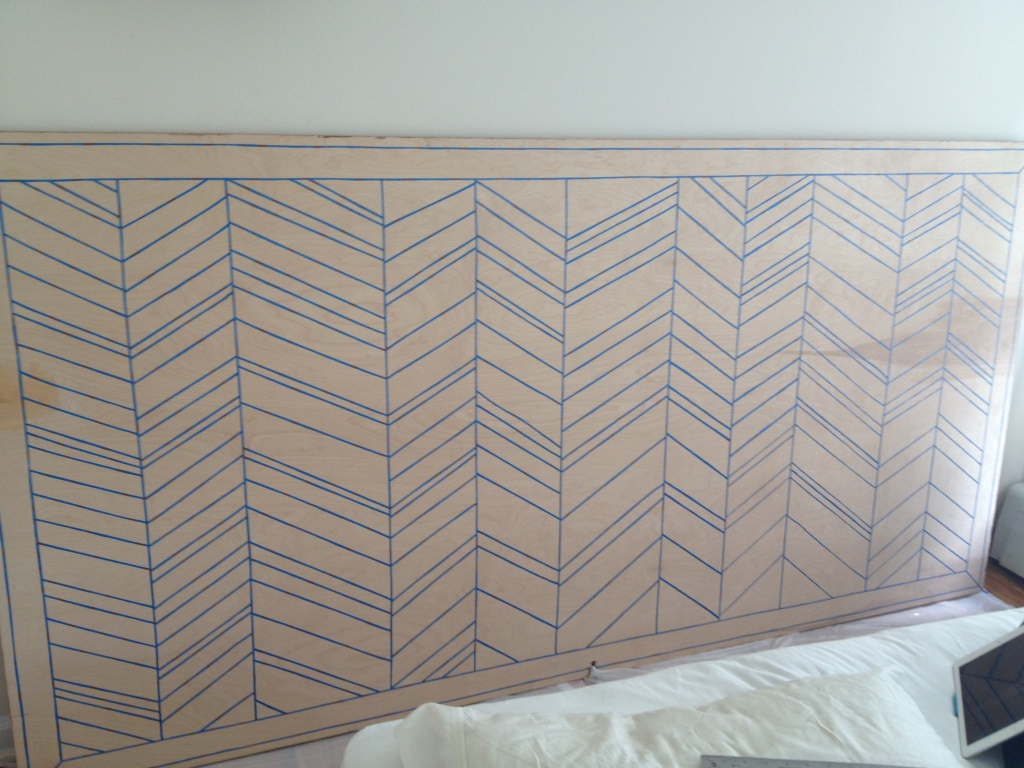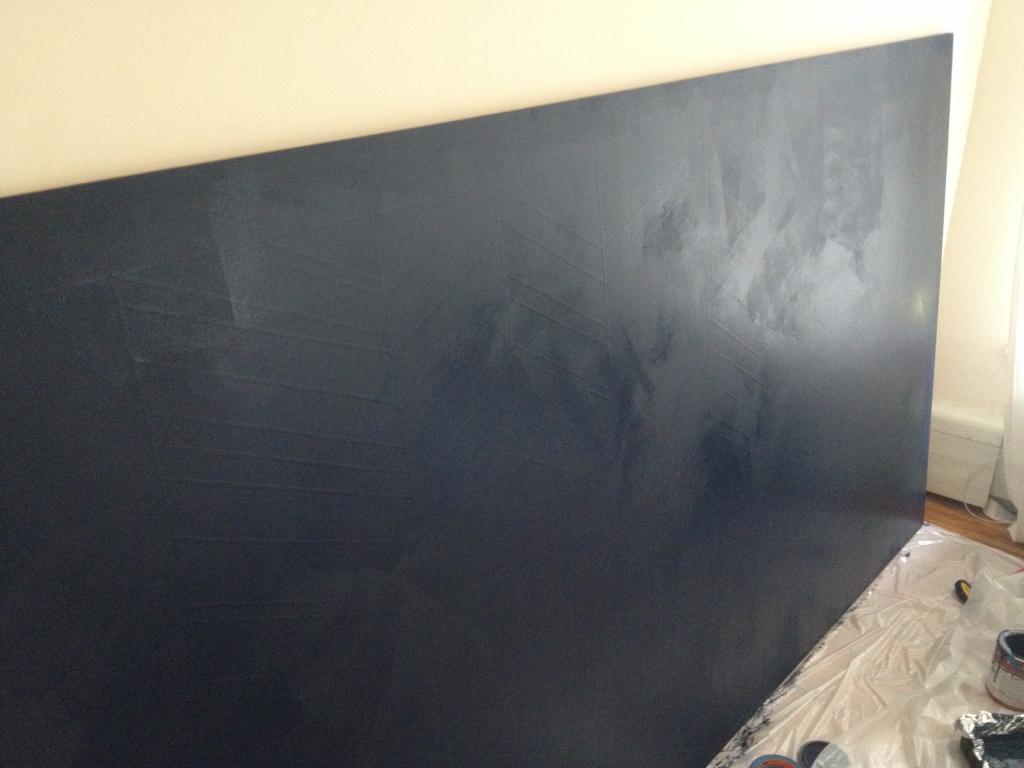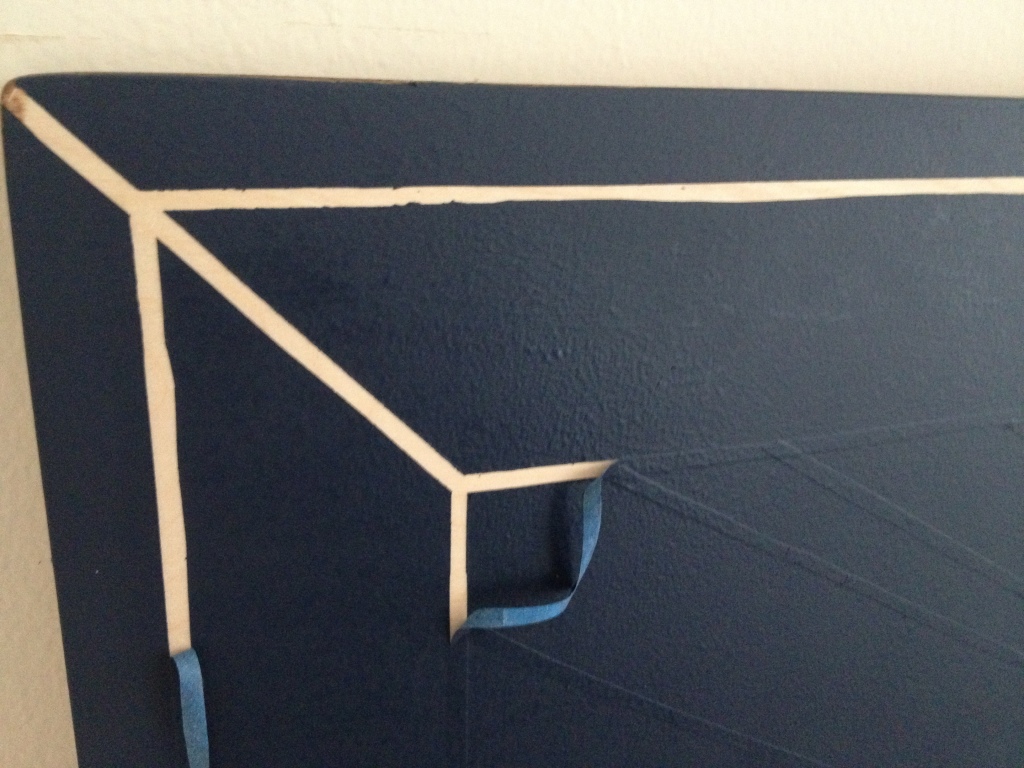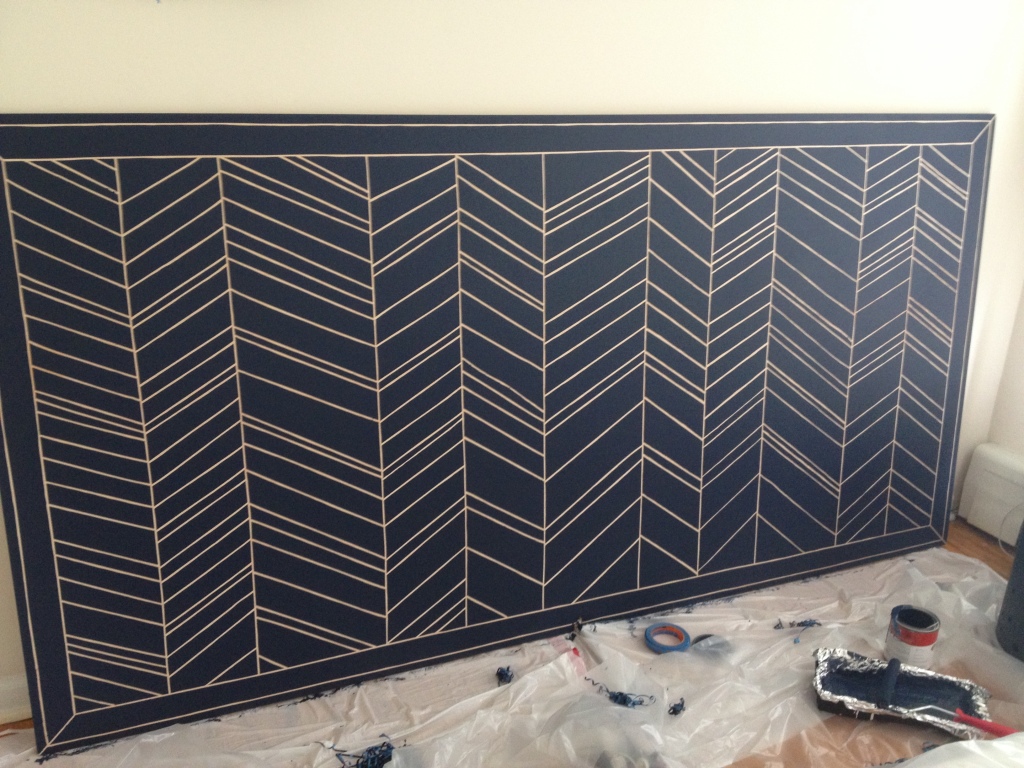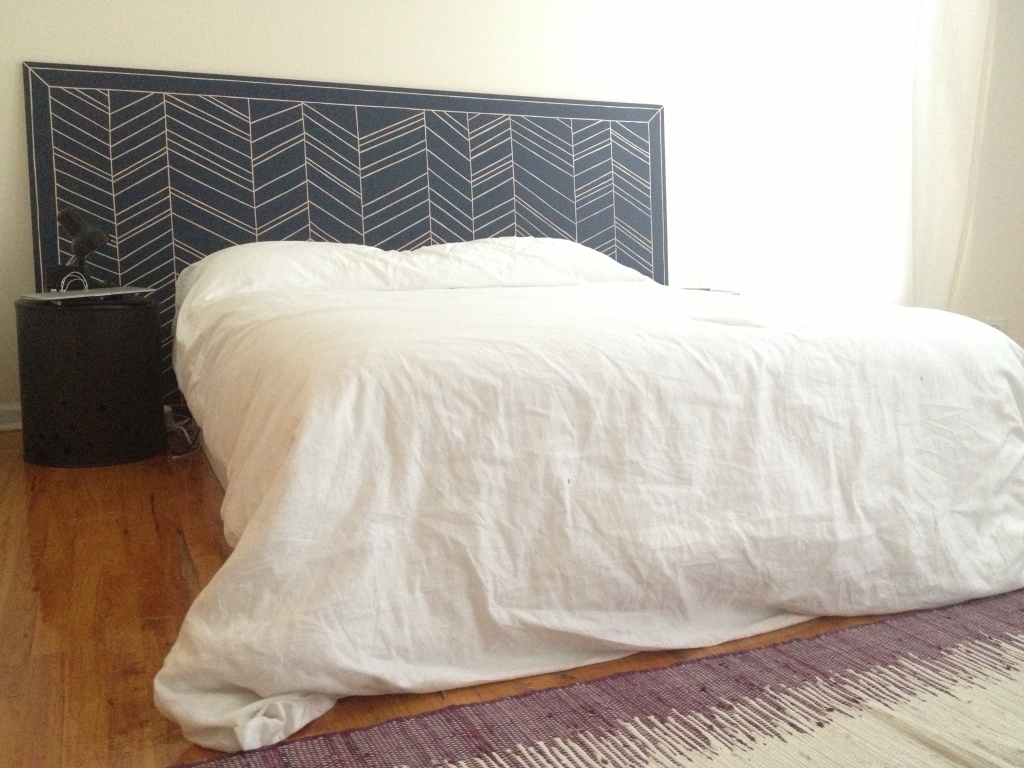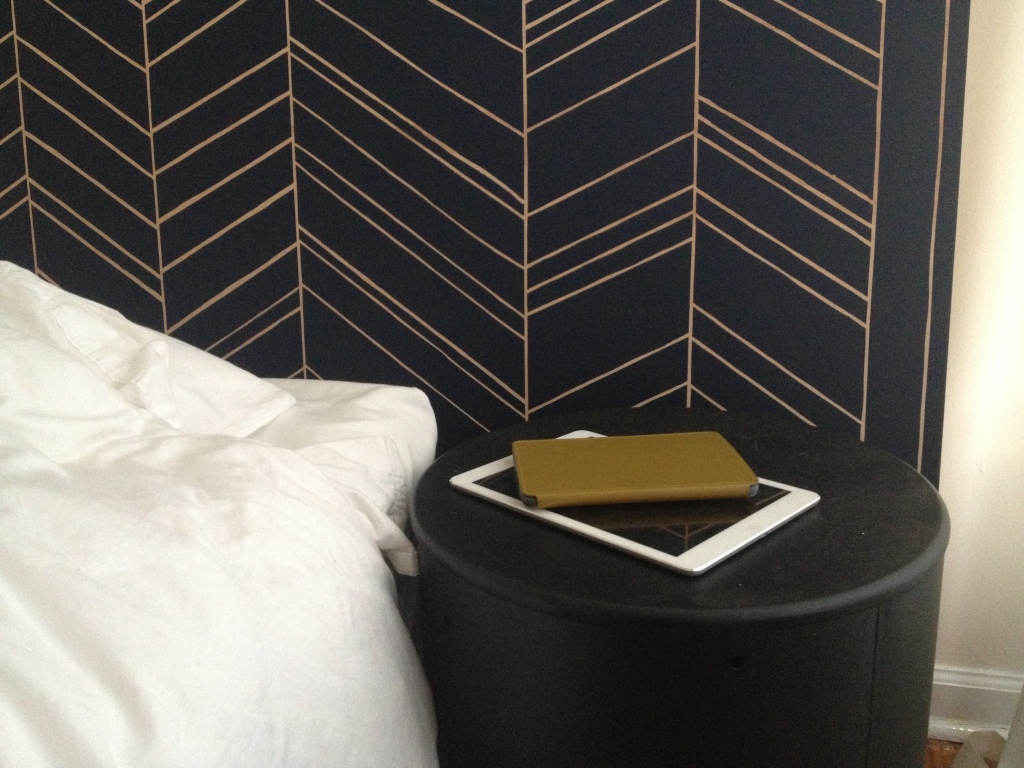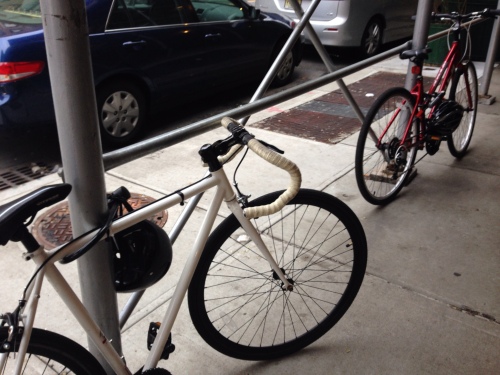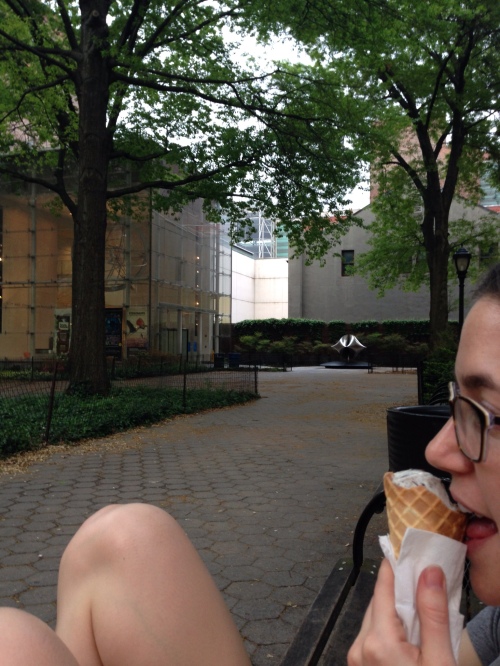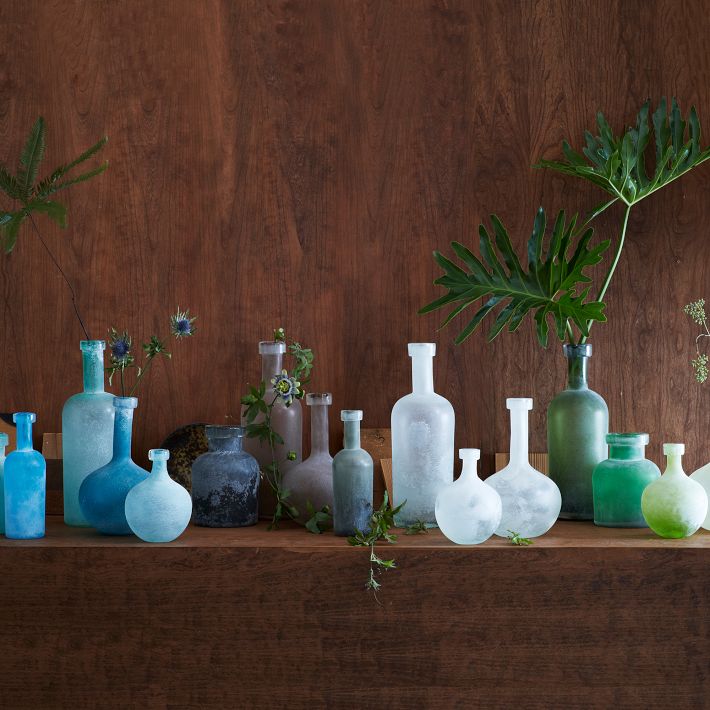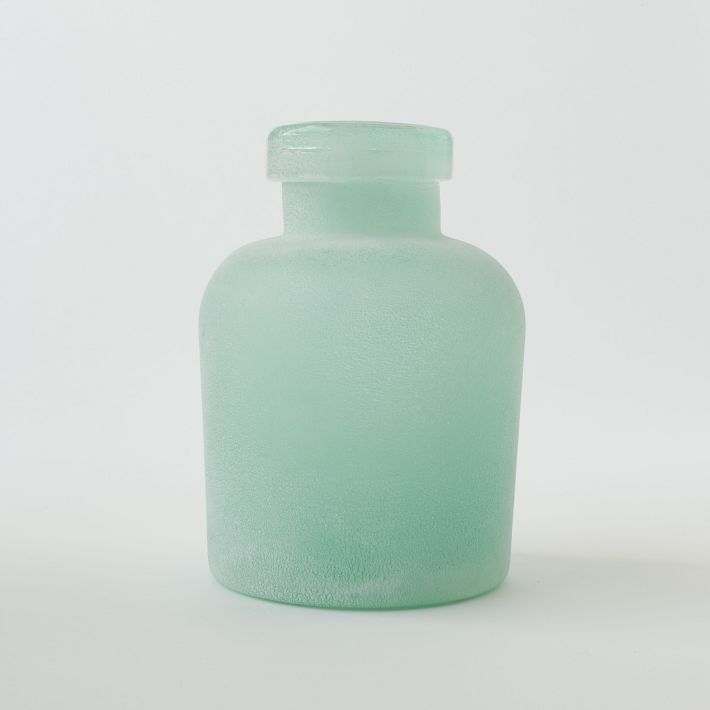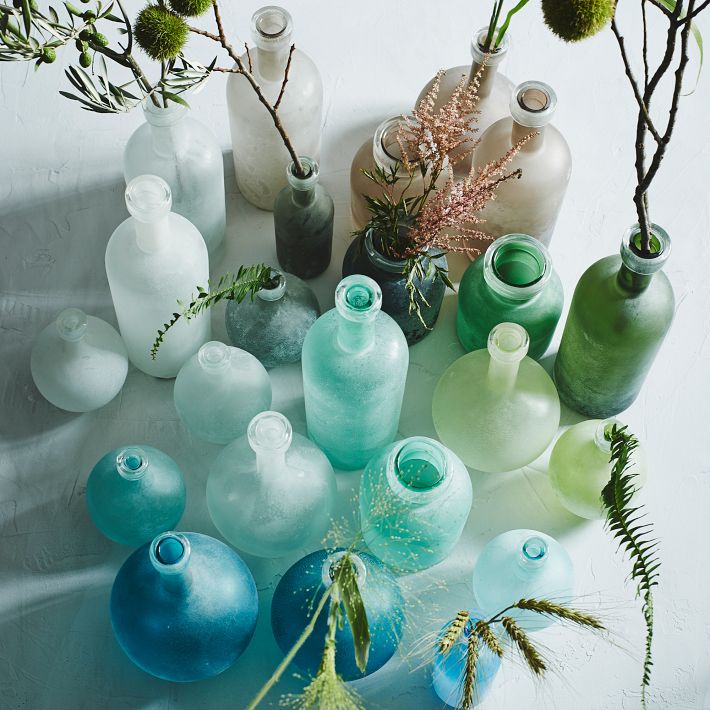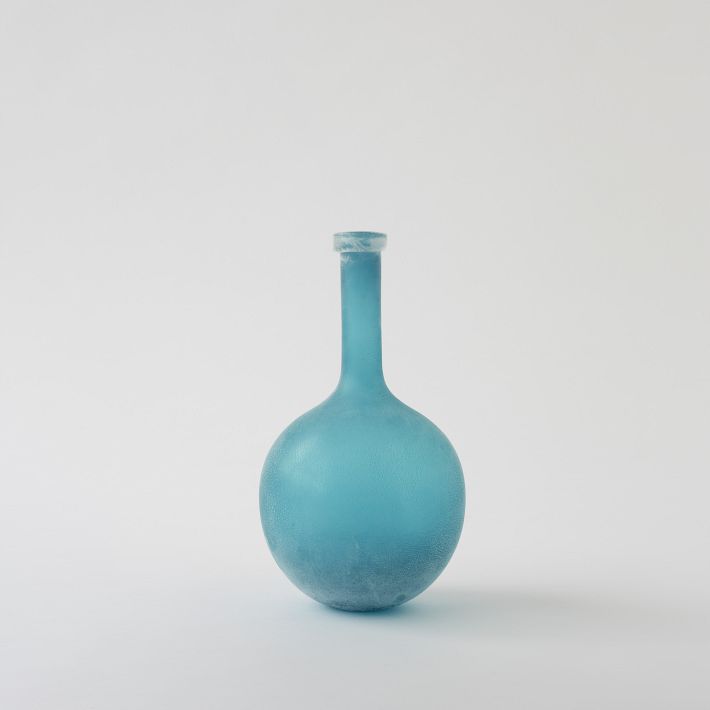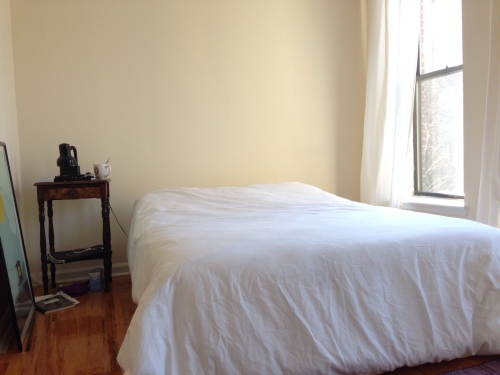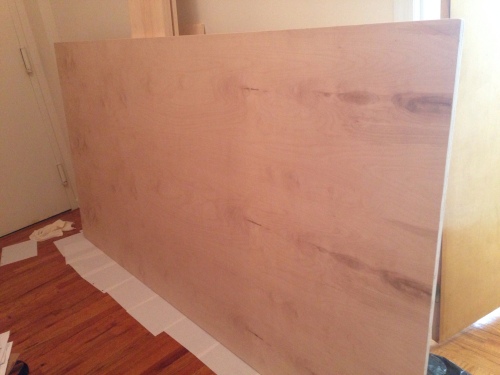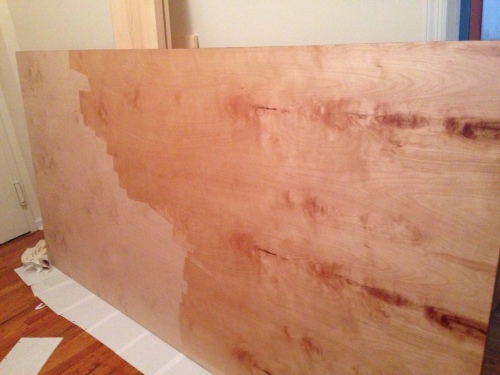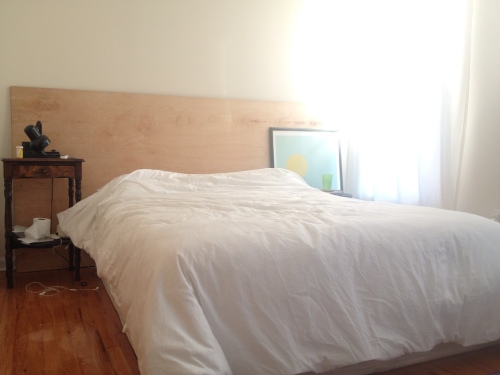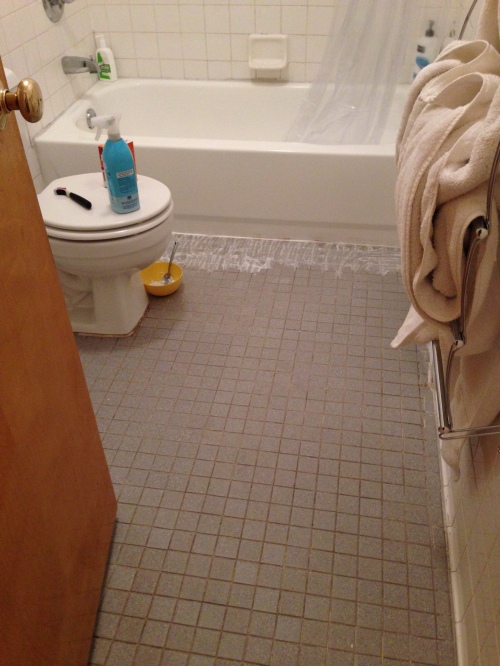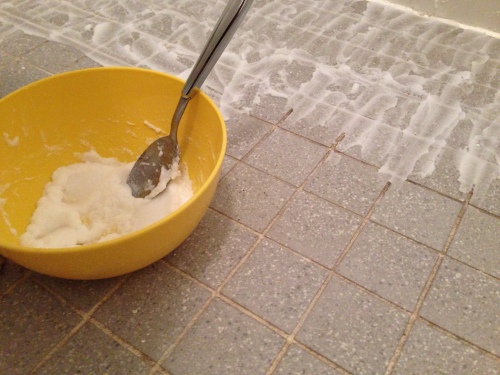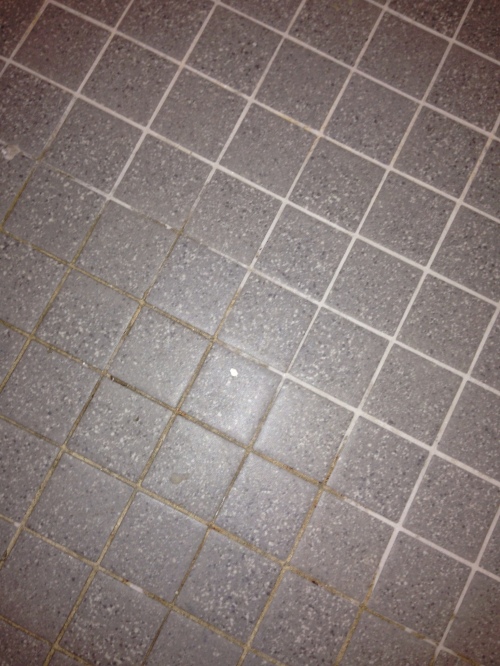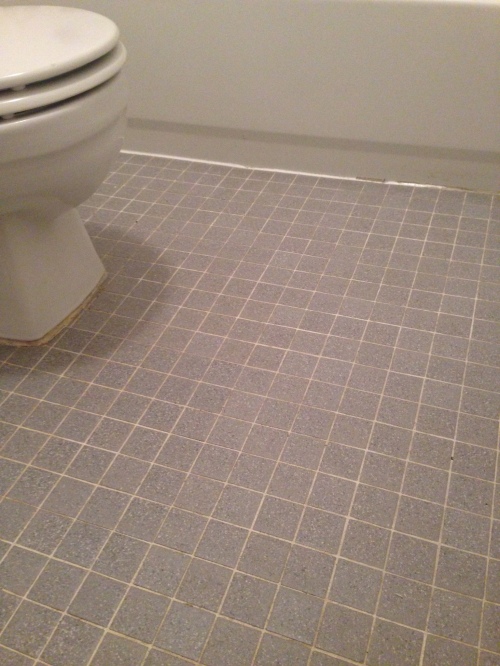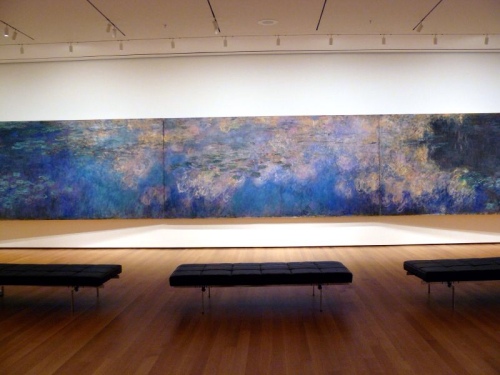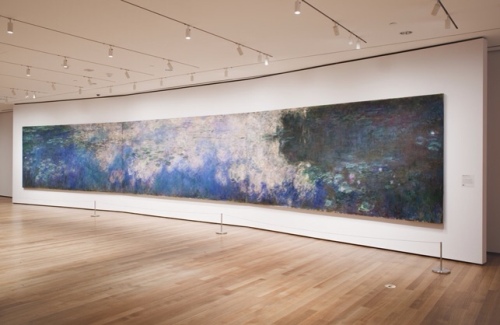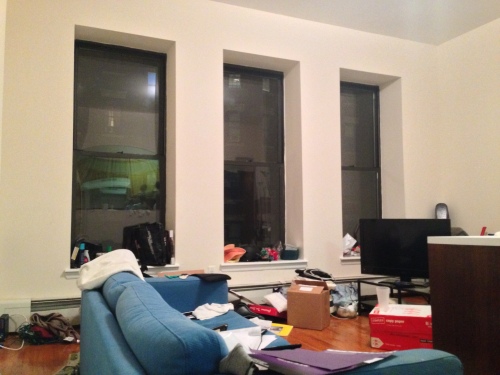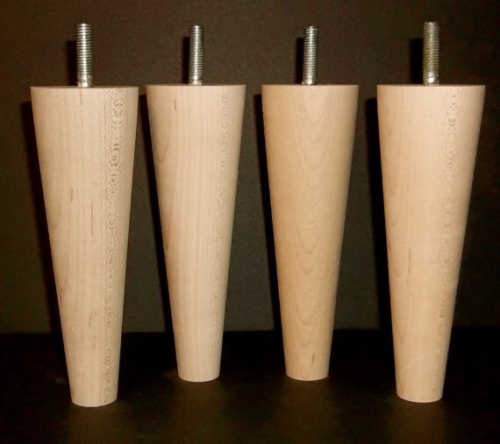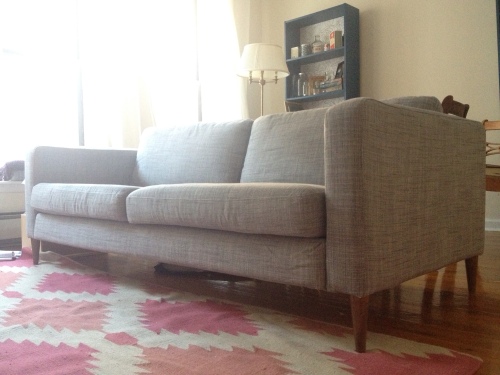We’ve reached the breaking point.
For a while, Sam and I prioritized pretty much everything else above art. We just didn’t have enough functionality in our home yet to warrant spending any kind of money on art. Plus, we’re both picky, and we weren’t willing to buy the super-bargain art we would have had to settle for just to get something up on the walls. We want what we want. And much of the time, we’ve learned that means we’ll have to wait.
Such is life.
Now though, we’re just about ready to pull the trigger on several prints. But the question remains: how to hang them? Our tall walls call for large and larger pieces, but large frames run expensive even on the dirt-cheap end. So I’ve been keeping my eye out for inventive solutions.
Olivia James via Design*Sponge
I only saw this idea recently, noticing it just before clicking away from a home tour on Design*Sponge, and I really love it. The clipboard or skirt-hangar solutions don’t appeal to me (though they are definitely cheap and practical!) and this clip solution feels like a step up from those.
I’ve been looking at wallpaper samples we might want to use as art for a while, so seeing this made me very happy – I don’t love many projects that require me to ask people at Home Depot to cut things for me, but this might be worth it. I have had success with plywood projects lately.
Stiicks are definitely not the cheapest option, but they are relatively affordable, versatile, and super cool. I love that they don’t detract from the art by being either too gaudy or too unappealing, and I also love that you can switch out the art whenever you like, putting multiple prints on one pair or using multiple pairs to hang one print. These are going on my birthday and Christmas wish list.
I’ve found tons of resources for cheap hanging ideas, and while there are good ways to get it done, none are great and not all are actually all that cheap. We’ll definitely pick up some frames from IKEA the next time we’re there, and we might also look to the Little Green Notebook for help (because when do I not?). Let me know if you have any ideas! I’ll let you know when we’ve made progress with our walls.

